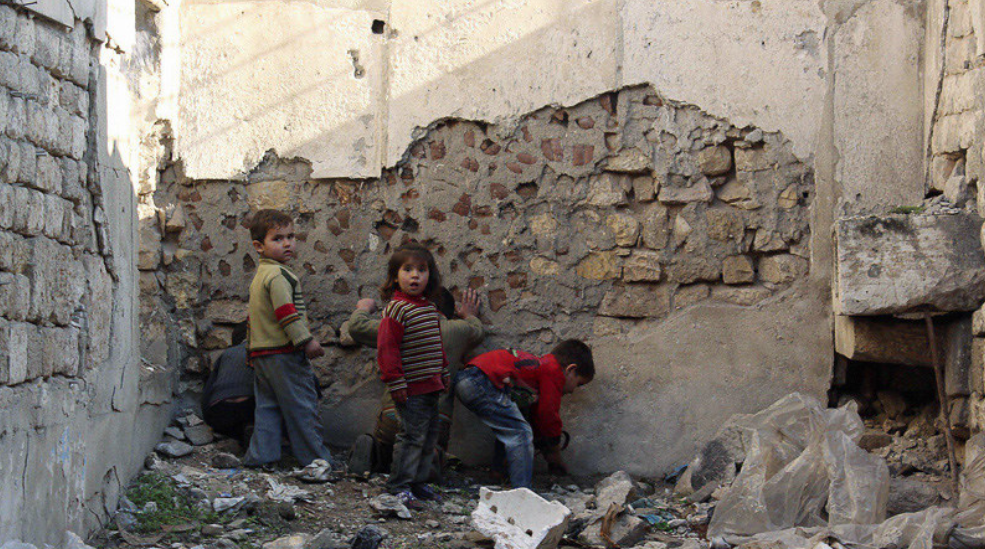After 13 years of conflict in Syria, almost 7.5 million children in need of humanitarian assistance
According to a recent household survey conducted in northern Syria, 34 per cent of girls and 31 per cent of boys reported psychosocial distress.

After thirteen years of conflict in Syria, almost 7.5 million children in the country are in need of humanitarian assistance – more than at any other time during the conflict. Repeated cycles of violence and displacement, a devastating economic crisis and extreme deprivation, disease outbreaks and last year’s devastating earthquakes have left hundreds of thousands of children exposed to long-term physical and psychosocial consequences.
More than 650,000 children under the age of five are chronically malnourished – an increase of around 150,000 in the four years since 2019. Chronic malnutrition, or stunting, causes irreversible damage to the physical and cognitive development of children, impacting their capacity to learn, their productivity, and their earnings later in adulthood.
According to a recent household survey conducted in northern Syria, 34 per cent of girls and 31 per cent of boys reported psychosocial distress. Similarly, the rapid assessments conducted in earthquake-affected areas reported an even higher percentage of children exhibiting severe behavioural psychological distress (83 per cent of respondents.)
“The sad reality is that today and, in the days ahead, many children in Syria will mark their 13th birthdays, becoming teenagers, knowing that their entire childhood to date has been marked by conflict, displacement and deprivation,” said UNICEF Regional Director for the Middle East and North Africa Adele Khodr. "Ultimately, children need a chance. They need a long-term peaceful solution to the crisis, but we cannot just wait for that to happen. In the meantime, it is critical to ensure that children and families not only have access to basic services but also that we are equipping children with the skills to build their own futures.”
Whilst Syria no longer regularly makes international headlines, the conflict continues to devastate the future of children and their lives. A recent wave of violence that began in the past six months in several localities is the worst the country has seen for four years. More than 13 million Syrians - roughly half the pre-conflict population - are displaced inside or outside Syria and unable to return to their homes. More than two-thirds of the population are in need of humanitarian assistance. Humanitarian funding has dropped to an all-time low, both inside Syria itself and for Syrians in neighbouring countries. Nearly half of the 5.5 million school-aged children - some 2.4 million children aged 5-17 - are out of school.
“A generation of children in Syria have already paid an unbearable price for this conflict,” said Khodr. “Continued support from the international community is critical for restoring systems to deliver essential basic social services, like education, water and sanitation, health, nutrition, child and social protection, ensuring that no child in Syria is left behind”.
In 2023, UNICEF reached 15.8 million people, including 10 million children, with essential services and supplies across Syria. Of the people reached, 5.6 million had been affected by the earthquakes. This included 3.2 million children. UNICEF and partners reached more than 3.1 million with essential nutrition services in 2023. Across Syria, almost 560,000 children including almost 300,000 were reached with Mental Health and Psychosocial support activities.
In 2024, UNICEF requires US$ 401.7 million to provide an essential lifeline to 8.5 million people, including 5.4 million children. The greatest funding requirements are for WASH, health, and education, while protection continues to be a high priority.










